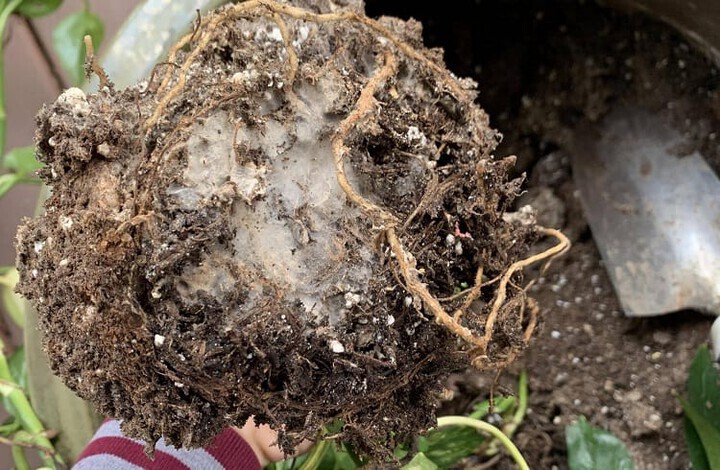You’ve worked day and night to make sure your plant gets the best sunlight, shade, soil, and living conditions, but that’s not always enough when you’re dealing with your garden.
Lots of hidden nasties lurk waiting to attack plants, and for a succulent lover, root rot has to be the most bothersome.
Root rot can strike at any time, and even with the best of intentions and making sure the soil is being adequately drained, it can show up when you least expect it. Some plants are more susceptible than others, including houseplants and succulents, so knowing what to look for is crucial to their care.
What is root rot and how do you treat it?
Root rot is a type of fungus that attacks mainly indoor plants, but it can affect outdoor plants and trees as well. This disease attacks the roots of plants and sometimes their leaves, and it can lead to a sick plant and in some cases complete death.
Due to the fact that this condition starts at the roots, it’s not always so easy to see straight away. With our help and this guide, you’ll be able to learn the warning signs of root rot and some ways to ensure your succulent has the best chance of avoiding it and living a long and healthy life.
What Is Root Rot?

Root rot is a disease that affects both indoor and outdoor plants, and it is especially predominant in succulents and other houseplants.
The disease is considered a fungus and its common name is phytophthora root rot, and although it sounds like it spread through a plant, it actually grows through the soil.
The most common cause of root rot is soil that’s too moist, and because house plants and succulents are kept inside where there’s less sun, they’re more susceptible. Once root rot has infected the soil of a plant it can spread quickly, and this occurs whether you have an indoor or outdoor garden.
When left untreated, root rot has the potential to kill a plant, and this can happen as quickly as 10 days from when it was infected.
Generally, though, it will take longer to kill a plant, and usually, you’ll notice the signs that it has the fungus long before this.
However, once it’s gone past a critical point of infection, the plant will no longer be salvable, but it may be propagated to start fresh somewhere else.